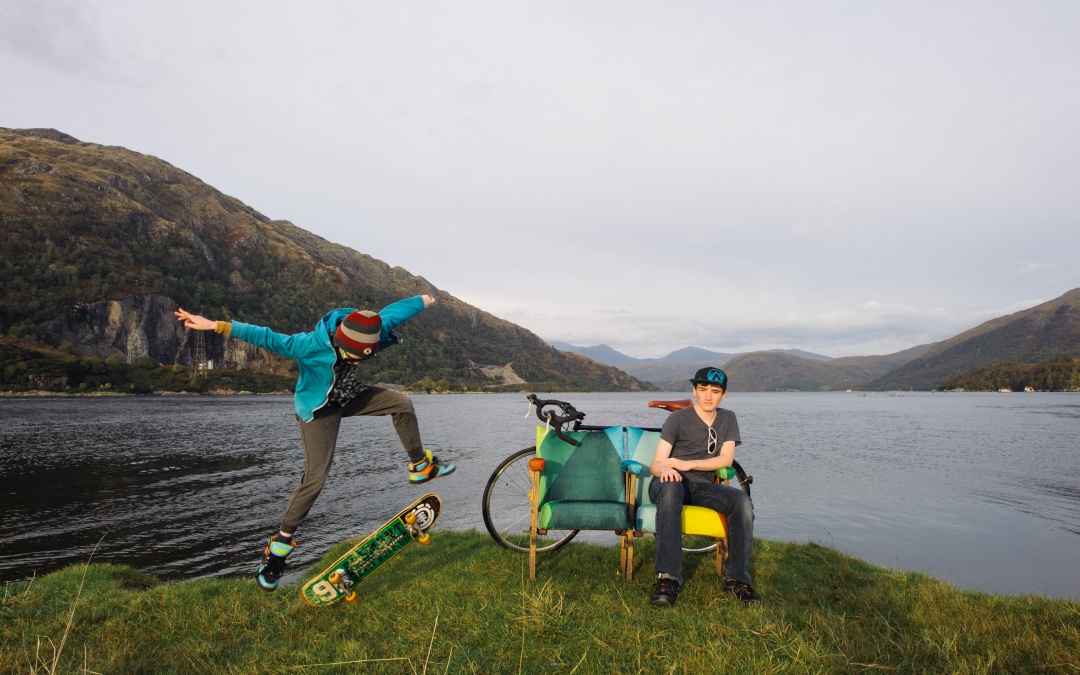How do we develop a community engagement plan? How can we make it relevant to rural communities? What’s been done before, and what should we avoid? How can I make sure the community take part? Will it really make a difference to ticket sales?
We often get asked the above questions by performers looking to tour the highlands and islands, either at the early stages when developing funding applications, or once plans for a tour are coming together and things are a bit more real. Between them, our more established promoter members have years of community engagement experience, and our newer, emerging promoters are keen to learn and try things out. We recently explored varying methods of community engagement in our BRAW project, led by Animateur, Kate Wieteska, and with the emphasis on audience engagement in Creative Scotland’s new Touring Fund, we’re here to help join the dots.
First of all, what exactly do we mean by a Community Engagement Programme? In our view, this is a prescribed activity informed by and created for a specific community in order to increase the engagement with a creative work.
______
With this in mind, we’ve compiled some top tips to help steer any prospective touring productions towards an impactful community engagement programme.
1. PEOPLE – Get to know your community.
The personality of your community should inform your programme. Each community is different, and it’s not necessarily a one shoe fits all. Its impossible to embed that listening ear from your own team into each prospective touring venue, so make sure you speak with your local promoter and LISTEN, TRUST, ADAPT and be responsive to their needs. But remember, often the promoter is voluntary, unpaid and has little time for doing additional work, so once you’ve decided your format and programme, make it EASY for them to communicate the programme to their community. Simple words, pictures, videos.
2. PURPOSE – Don’t be fixated on your production so much you lose sight of your purpose.
Refer back to the purpose of your community engagement plan. Is it to connect them with a theme, a style or perhaps the arts in a broader sense? Once you’ve navigated this purpose, you’ll be able to easily form the programme to address this. And often, community engagement programmes don’t HAVE to address the productions directly, but more of something to engage the community into thinking, playing, or acting differently in a familiar venue to them.
3. PLANNING – Sometimes Rural communities need lots of time.
To make relationships develop, to make good transport plans. So think ahead, and don’t expect quick fix results!
4. PILOT – test your ideas out!
The only way to know if your ideas will work is to try them out. Do this as cheaply and as quickly as you can; the entrepreneurs motto is ‘fail fast, fail cheap!’ You’ll learn lots from trying something and reflecting on what works and what didn’t. Ask your participants for honest feedback and put their feedback into action. And one last thing, focus on the problem you’re trying to solve – don’t fall in love with your solution as it may not be the right one, but once you’re in love with it, it’s hard to give it up.
5. PARTNERSHIPS – sometimes the best engagement programmes emerge from working in collaboration with your local promoter.
Team up early on and flush out your ideas. From these initial discussions, they in turn will take your ideas to their own local partners – community groups, local arts clubs and so on. But keep in mind point one – their involvement should remain in line with their ability to commit!
Finally – have fun and get feedback!
Further Reading
BRAW Blogs – Written by Kate Wieteska, Animateur for BRAW
What is the Value of an animateur
An Audience Engagement Story: Eigg
An Audience Engagement Story: Lochgoilhead
An Animateur’s Perspective / EIGG
Rural touring, but not as you know it – a look at BRAW
The Performing Artists’ Audience Workbook
Commissioned by Creative Scotland, and written by Lisa Baxter, with illustrations by Philippe Brasseur.
This is a super resource which is designed to encourage artists to think more about potential audiences, and explore the value their work brings to those who experience it. Some of the ideas for this workbook were developed during the BRAW project which Lisa co-designed with Jo McLean of The Touring Network
Looking for more tips like these?
Find out more about how we can help support you
Current Member looking to access your member benefits?

